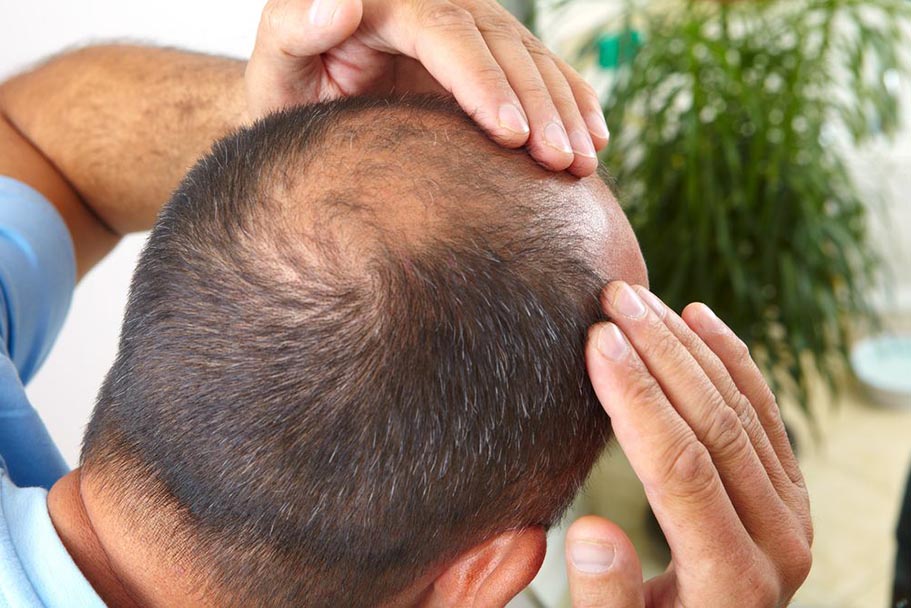FUE HAIR TRANSPLANTATION
Follicular Unit Extraction (FUE) is a popular surgical hair transplantation method that involves the extraction of individual hair follicles from a donor area (usually the back or sides of the head) and their implantation into areas where hair is thinning or balding.

Here's an overview of the FUE hair transplantation procedure:
Consultation: The process starts with a consultation with a qualified hair transplant surgeon. During this consultation, the patient's hair loss pattern, donor hair availability, and expectations are discussed.
Donor Area Preparation: The donor area (usually the back or sides of the head) is trimmed to a very short length to facilitate the extraction process.
Local Anesthesia: Local anesthesia is administered to numb both the donor and recipient areas, ensuring the patient remains comfortable throughout the procedure.
Follicle Extraction: Using a specialized micro-punch tool, individual hair follicles are extracted one by one from the donor area. This process is meticulous and minimally invasive.
Follicle Preservation: The extracted follicles are carefully preserved in a special solution to maintain their viability.
Recipient Site Creation: Tiny incisions or holes are made in the recipient area where the hair will be transplanted. The angle, depth, and distribution of these incisions are crucial for natural-looking results.
Follicle Implantation: The extracted follicles are then implanted into the recipient sites. This step requires precision and expertise to ensure proper placement and orientation of the hair.
Postoperative Care: Patients are provided with specific instructions for postoperative care, including guidelines on washing the transplanted area, avoiding strenuous activities, and applying any prescribed ointments.
Advantages of FUE Hair Transplantation:
Minimally Invasive: FUE is a minimally invasive procedure, resulting in less scarring and a quicker recovery compared to traditional strip harvesting methods..
Natural-Looking Results: Because individual follicles are extracted and implanted, the results of FUE tend to look very natural.
No Linear Scar: Unlike the strip harvesting method, FUE leaves no linear scar at the donor site, allowing for shorter hairstyles.
Versatility: FUE can be used to transplant hair to various areas of the body, not just the scalp.
Considerations and Important Points:
Suitability: Not all individuals may be suitable candidates for FUE. The surgeon will assess factors like hair density, donor area quality, and the extent of hair loss.
Patience for Results: Hair growth after FUE is a gradual process, and it may take several months to see full results.
Expertise Matters: The success of FUE largely depends on the skill and experience of the surgeon performing the procedure.
Maintenance and Aftercare: Patients may need to follow specific aftercare instructions and continue with a hair care regimen to optimize results.
FUE hair transplantation is a highly effective and widely accepted method for hair restoration. Consulting with a board-certified hair transplant surgeon who specializes in FUE is crucial for a comprehensive evaluation and treatment plan tailored to individual needs.